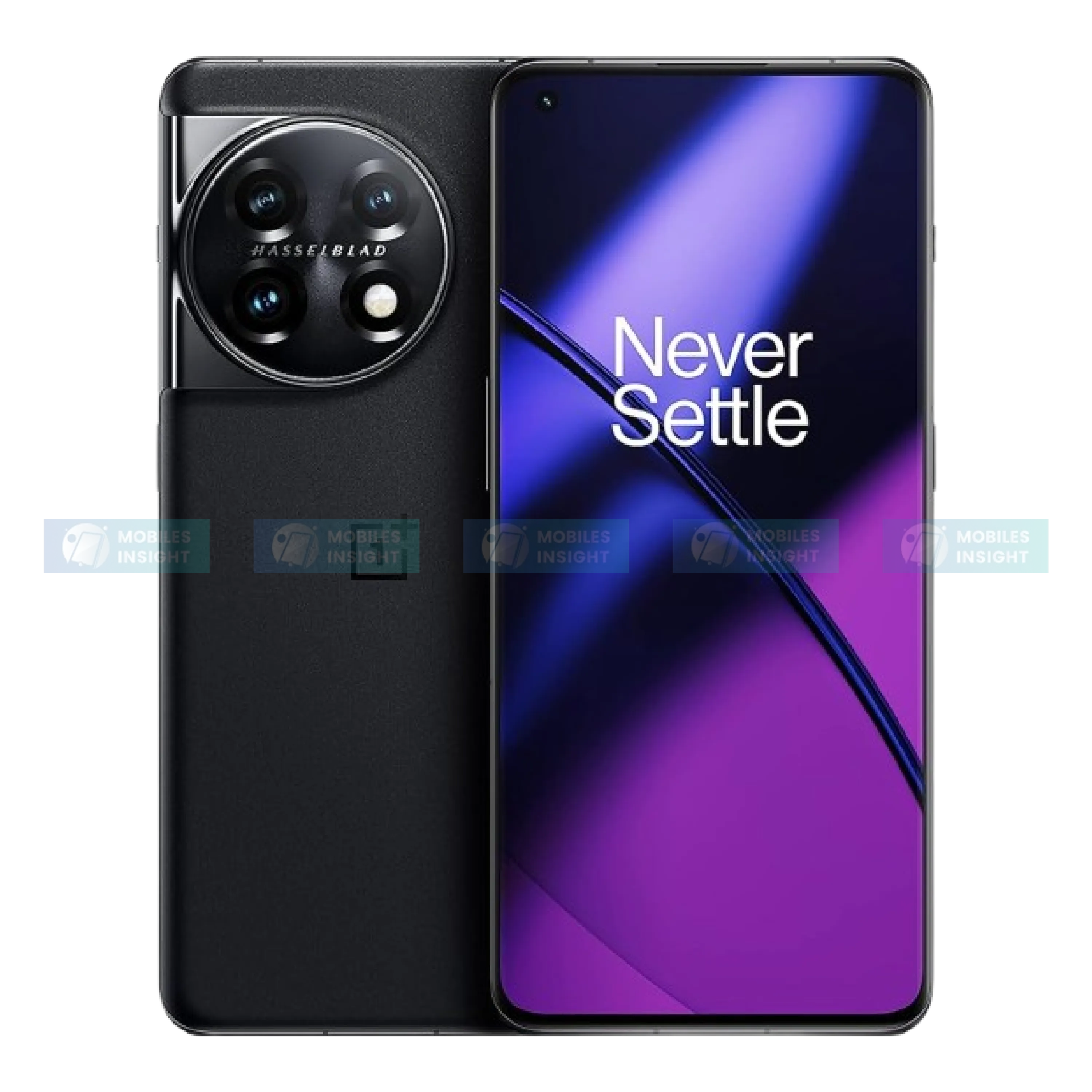
Why Real-Time Technology Is Essential for Today’s Online Platforms?
People go online every day to search for information, watch videos, play games, and do many other things. These activities often feel simple and instant, as if they just happen effortlessly. What most people do not notice is the advanced technology working in the background to make it possible. Real-time technology ensures that everything online functions smoothly. It works silently to keep apps and websites fast, responsive, and up to date. Without it, streaming, gaming, or video calls would be slow and frustrating.
Low Latency Streaming
Low latency streaming means reducing the time it takes for data to move between devices. This feature is crucial for many activities where even a small delay can ruin the experience.
Take online gaming as an example. Fast response times are key for fair competition and smooth gameplay. Streaming live sports and events also depends on low latency so that viewers can stay in sync with the real action.
Live casino platforms are another good example. These are online setups where games like blackjack, roulette, and baccarat are streamed in real time from studios or casino floors. Players can place bets, chat with dealers, and watch everything unfold on their screens instantly.
For this to work properly, the system must rely on quick and stable data transfers. Clear video streams, timely bets, and instant results all depend on it. Any lag or delay can disrupt the entire experience, leading to missed bets or awkward timing.
Video platforms also use low latency formats to allow interactive features such as live chats and polls during events. Reducing the gap between what is broadcast and what viewers see makes people feel more engaged, as if they are part of the action while it happens.
Cloud Infrastructure
The backbone of many fast-loading apps and services is cloud infrastructure. This setup processes data on remote servers that can expand to handle thousands or even millions of users. Instead of relying on a single device, platforms use networks of cloud servers to manage files, content, and user activity.
The cloud makes it possible for virtual meetings to run smoothly with stable video and audio, even when many people join at once. Workspaces and classrooms that need tools for file sharing and real-time feedback also benefit from cloud support. Updates and uploads happen quickly without overloading a user’s own device.
Another benefit is data safety and backup. Cloud servers can protect important files from being lost while providing flexible access across different locations. Schools, businesses, and organizations now depend heavily on this system, especially in remote or hybrid setups.
Immersive Shared Reality Experiences
Immersive shared reality is transforming how people enjoy digital events. Companies such as Cosm are leading in this area by creating spaces with massive wraparound screens and surround sound. These setups stream live events like concerts or sports in real time, making people feel as if they are physically present.
Real-time technology ensures that both video and sound remain perfectly aligned for all viewers. For instance, during a live sports match, fans can see every detail and feel the atmosphere at the same moment. It creates the sense of being part of the event rather than just watching from afar.
As this technology continues to improve, it will become more available on mobile devices and in virtual reality (VR). In the future, more people will be able to take part in shared experiences from anywhere, creating deeper connections in digital spaces.
Real-Time Data Sync
One of the most valuable benefits of real-time technology is the ability to update and share information instantly.
Real-time data sync allows several people to work on the same file, chat, or platform at the same time without delay. As soon as one person types or edits, the change is visible to everyone else immediately.
This function is essential for remote teams, where smooth coordination depends on shared tools. Synced data keeps tasks organized, whether it is editing a document, managing a checklist, or tracking deliveries. There is no need for refreshing or sending updated versions since the changes appear live.
Outside of work, this is equally useful. Families use it to sync calendars, students collaborate on projects, and friends plan trips without waiting for updates. It saves time, prevents confusion, and makes teamwork easier.
Edge Computing
Edge computing is about placing servers closer to users instead of sending data through distant central hubs. This reduces response times, making apps faster and the experience smoother. It is an effective solution for services where quick reactions are critical.
Industries like healthcare and retail are already taking advantage of edge computing. For example, a shopping app that shows live stock levels or a wearable device that instantly tracks health data relies on nearby processing to provide accurate updates.
Interactive apps gain the most from this technology. Navigation services that adjust routes instantly or gaming apps that need real-time feedback work far better with minimal delay. As smart devices become more common, edge computing will continue to expand and support them.
Final Thoughts
Together, these technologies make online experiences faster, smoother, and more reliable. Real-time technology has become something people now expect in almost every service and application. Users want quick loading, instant replies, and sharp visuals on all their devices. As real-time technology develops further, the difference between online and real-world experiences will keep shrinking. This is an exciting step forward.
Popular Phone Reviews

Samsung Galaxy A70 Review: Features, Performance, and Value Insights

Apple iPhone 16 Pro Max Review: Features, Performance, and Value Insights

Apple iPhone 12 Pro Max Review: Features, Performance, and Value Insights

Xiaomi Redmi 12 Review: Features, Performance, and Value Insights






